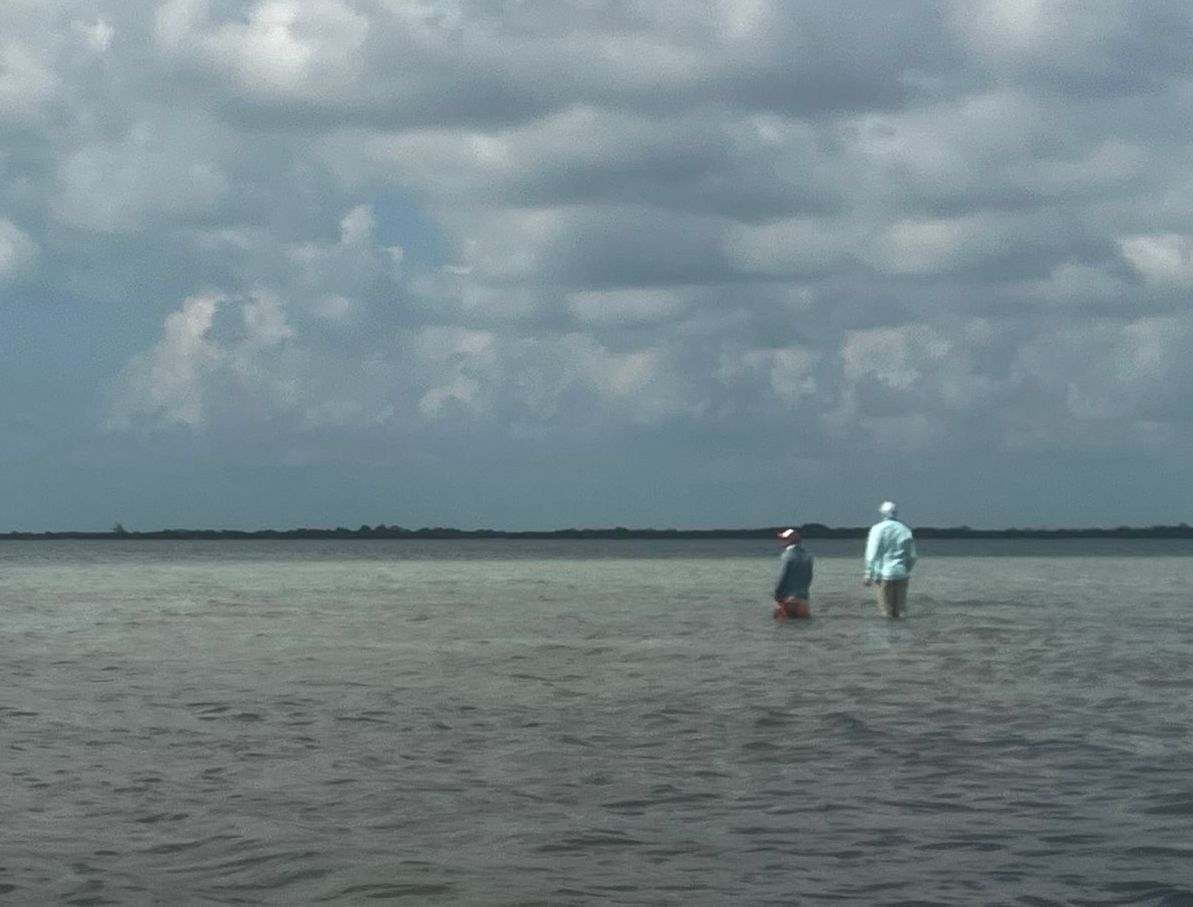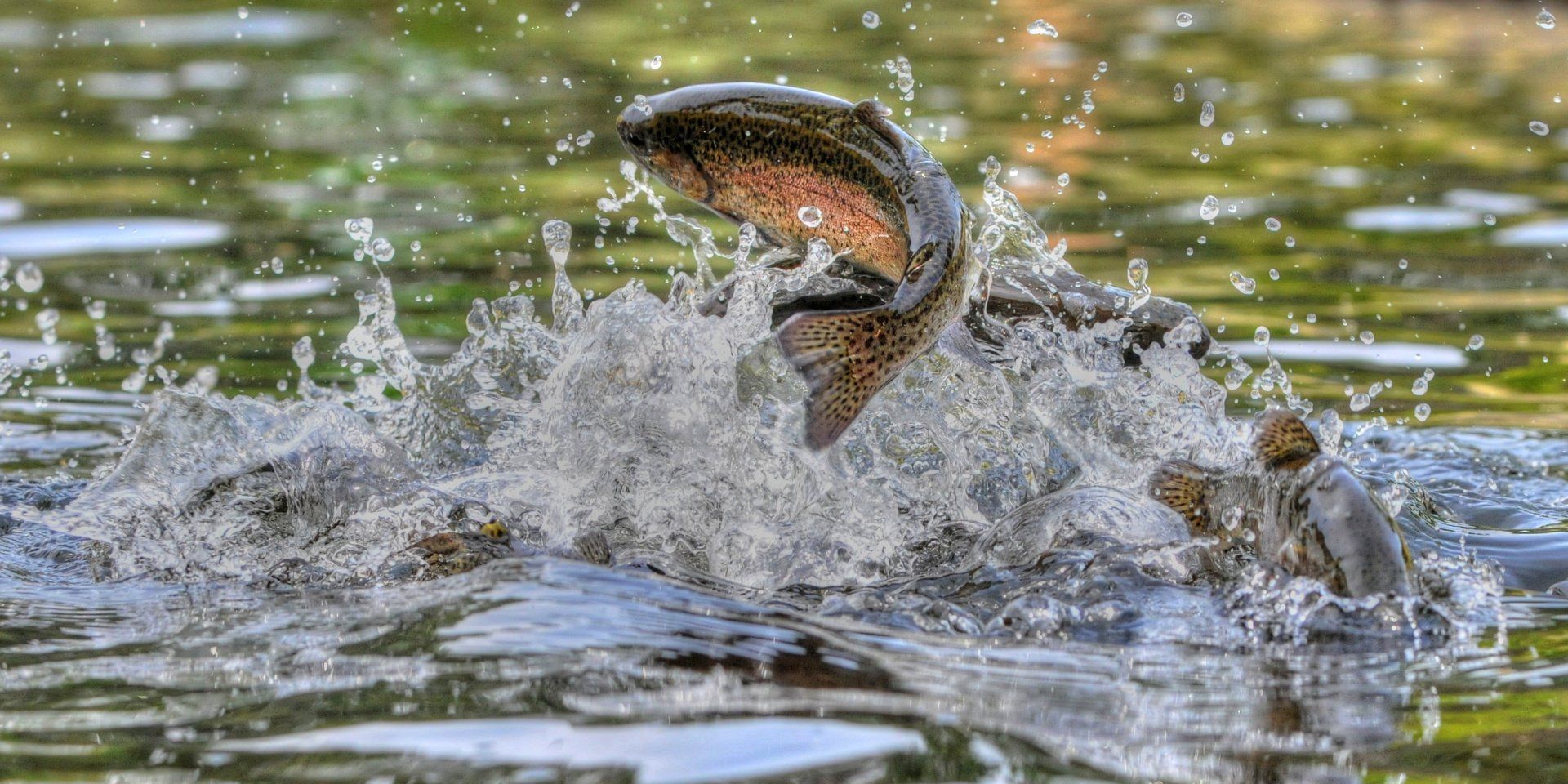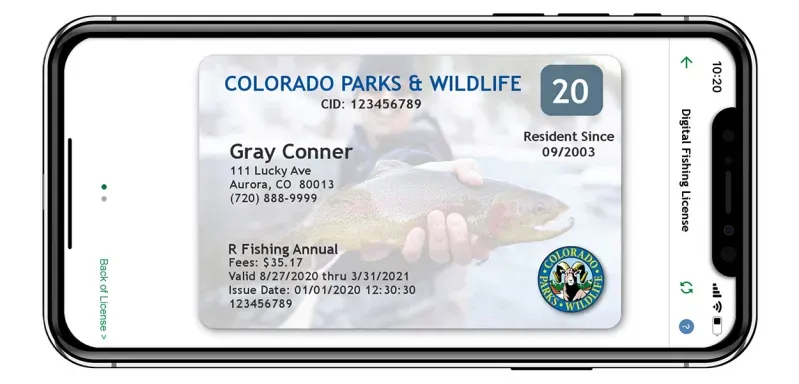
Attention to detail matters... (often)
There are times when fly-fishing for trout when the fishing is seemingly easy. Trout are up in obvious feeding zones and smashing your offerings on a regular basis. There are also times fishing similar (or the same) stretches of water when you can’t seem to buy a fish. One key question to ask yourself on those days is whether others around you are catching fish while you are not? If the answer to that question is yes, what’s the difference? Over time, it is a common observation that most of the fish get caught by a minority of the fishermen. Some people are just fishy. There are factors out of your control and factors fully in your control that can determine success on a given day. As in many other aspects of life, all you can do is control what you can control. Here are a few things to consider:
There are times when fly-fishing for trout when the fishing is seemingly easy. Trout are up in obvious feeding zones and smashing your offerings on a regular basis. There are also times fishing similar (or the same) stretches of water when you can’t seem to buy a fish. One key question to ask yourself on those days is whether others around you are catching fish while you are not? If the answer to that question is yes, what’s the difference? Over time, it is a common observation that most of the fish get caught by a minority of the fishermen. Some people are just fishy. There are factors out of your control and factors fully in your control that can determine success on a given day. As in many other aspects of life, all you can do is control what you can control. Here are a few things to consider:
Casting, mending and drifts:
Being able to cast accurately at a distance appropriate to the stream and have the cast land softly are important skill sets to continually hone. Having said that, a somewhat marginal cast with a fly pattern that may not be the latest “hot” fly can still catch a bunch of fish if it is on a good drift line moving at the rate of the natural it is imitating. Recognizing drag, even micro-drag, and being able to mend subtly along the drift to avoid that is one of the most important skill sets to hone when fishing moving water. There are nuances to casting, like reach casting, pile casting, changing casting angles, etc that can make the need for mending much easier, but working on your recognition of drag and building your mending skill sets to mitigate it will pay big dividends.
Vision, reading water, and angles:
A good pair of polarized sunglasses is important in helping you see nuances that are meaningful. Seeing structure, stream bed variations, observations of bug life, actually seeing feeding fish are all made easier with good visual clarity. Take your time. Scan the water looking for the tell-tale signs of fish, whether it’s seeing the actual fish, an underwater flash, a rise ring, etc. Look for variations in the stream bed, current seams, shelves and structure that can provide cover for the fish near flow that transports food items. Use the information to help you in determining fly type, angle of approach, etc to set yourself up for success.
Weight and tippet:
There is an old adage that the difference between a good angler and a great angler is one more split shot. Awareness of weight and depth and a willingness to adjust this throughout the day based on the water being fished and the conditions at the time can make all the difference between success or lack thereof. Thinner tippet will sink easier than thicker tippet and fluorocarbon sinks quicker than nylon. Having said that, my belief is that using as heavy a tippet as the fish allow will minimize breakoffs and allow you to land fish quicker. There are times when fluorocarbon is preferable to nylon and vice-versa.
Seasonal bugs and fly selection:
There are seasonal variations to bug life that are critical to your understanding and success in fly selection. At certain times of year, multiple hatches can be going on at the same time, with the fish often honing in on a specific bug and even a specific life stage of that bug. If you are in fishy water and your casting and mending are on point, but the fish are ignoring your offering, consider a fly change, whether that be style, size, depth fished, etc. Learning this for a given area takes time. Learn from people around you, ask questions in a local fly shop. Support the local fly shops for the help. Just be careful to not get drawn into their “hot” flies being the primary predictor of your success. Show them what you have in your fly boxes and let them help you fill in some blanks.
Rods, reels and fly lines:
This topic is left last for a reason. A good fisherman can still catch fish with even the most basic fly rods, reels and lines. Having said that, if you start to fish a lot, you will start to develop an understanding of the types of rods and lines that match your casting stroke and fishing style. A good fly rod and a clean, high floating fly line only adds to the joy of fly-fishing. Casting and mending are just easier when you have gear that matches your fishing style. Large arbor reels with a decent drag system add to the efficiency of how you can fish through the day. Don’t just blindly buy equipment without having a sense of what you want and need. Give equipment a test drive whenever possible or at least talk to someone who has a strong knowledge of the nuances of the equipment you are considering purchasing. Casting a fly rod should bring you joy. Find a set up that does that for you.




